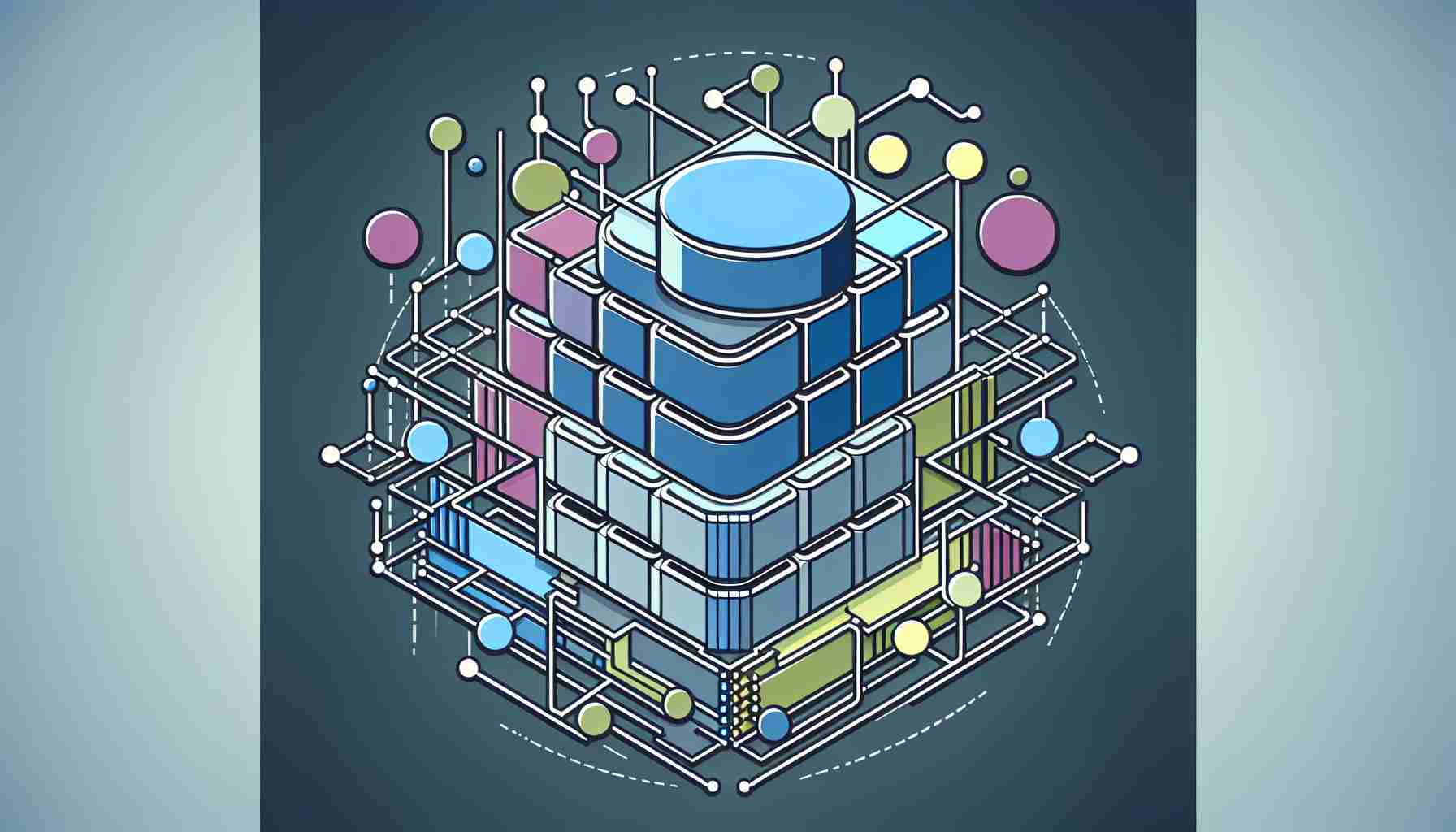Data Enrichment Enhancing Data Quality for Informed Decision-Making

Data Enrichment Briefly Summarized
- Data enrichment is the process of enhancing raw data with additional context and information to improve its accuracy and value.
- It involves merging first-party data with additional internal or external data sources.
- The goal is to create a more complete and reliable dataset for better analytics and decision-making.
- Enrichment techniques include appending demographic information, correcting errors, and updating outdated information.
- Data enrichment is crucial for businesses to maintain a competitive edge by leveraging high-quality data.
Data enrichment is a critical component in the realm of data analysis and business intelligence. It is the meticulous process of enhancing the existing raw data with supplementary information, thereby increasing its utility and accuracy. This process is not just about adding more data; it's about adding relevant and strategic data that can lead to more insightful analysis and better business outcomes.
Introduction to Data Enrichment
In the digital age, data is often described as the new oil. However, like crude oil, raw data needs to be refined to be valuable. This is where data enrichment comes into play. It is a transformative process that turns basic information into a rich resource for businesses to tap into.
Data enrichment is the process of improving the accuracy and reliability of your raw customer data. It involves adding new and relevant context to collected data, which can come from various sources, both internal and external to an organization. By doing so, companies can gain a more comprehensive understanding of their customers, markets, and business environment.
The Mechanics of Data Enrichment
Data enrichment can take many forms, depending on the nature of the data and the goals of the enrichment process. Here are some common techniques:
- Appending Data: This involves adding new data elements to existing records. For example, appending demographic information such as age, gender, or income to customer profiles.
- Merging Data: Combining datasets from different sources to create a more comprehensive view. This could include merging customer data from sales, marketing, and customer service departments.
- Data Cleansing: Correcting inaccuracies in data, such as misspellings, outdated information, or duplicate records.
- Data Updating: Adding new updates and information to keep the database current and relevant.
- Geocoding: Adding geographical codes to data, which can be used for location-based analysis and targeting.
The Importance of Data Enrichment
Data enrichment is not just a nice-to-have; it's a necessity for businesses that want to stay competitive. Enriched data provides a deeper understanding of customers, which can lead to better customer experiences, more effective marketing campaigns, and improved product development. It also supports compliance with data protection regulations by ensuring that data is accurate and up-to-date.
Implementing Data Enrichment
Implementing data enrichment requires a strategic approach. Here are some steps to consider:
- Identify Data Sources: Determine which internal and external data sources can be used for enrichment.
- Define Objectives: Clearly define what you want to achieve with data enrichment.
- Choose the Right Tools: Select data enrichment tools and platforms that fit your needs and budget.
- Ensure Data Quality: Implement processes to maintain the quality of your data over time.
- Monitor and Measure: Continuously monitor the enrichment process and measure its impact on your business goals.
Challenges and Considerations
While data enrichment offers many benefits, there are challenges to consider:
- Data Privacy: Ensure that data enrichment practices comply with data protection laws and regulations.
- Data Relevance: Be cautious of adding irrelevant data that could clutter and complicate your datasets.
- Integration: Integrating enriched data with existing systems can be complex and resource-intensive.
- Cost: Weigh the costs of data enrichment against the potential benefits to ensure a positive return on investment.
Conclusion

Data enrichment is a powerful process that can transform raw data into a strategic asset. By enhancing data with additional context and information, businesses can make more informed decisions, understand their customers better, and ultimately achieve a competitive advantage.
FAQs on Data Enrichment
Q: What is data enrichment? A: Data enrichment is the process of enhancing raw data with additional context and information to improve its accuracy and value for better decision-making.
Q: Why is data enrichment important for businesses? A: It allows businesses to have a more complete and accurate view of their customers and market, leading to better analytics, customer experiences, and strategic decisions.
Q: What are some common data enrichment techniques? A: Techniques include appending data, merging datasets, data cleansing, data updating, and geocoding.
Q: How does data enrichment improve decision-making? A: Enriched data provides a richer context for analysis, which can lead to more accurate and insightful business decisions.
Q: What are the challenges associated with data enrichment? A: Challenges include ensuring data privacy, maintaining data relevance, integrating enriched data with existing systems, and managing costs.
Sources
- What is Data Enrichment? Everything You Need to Know
- Data Enrichment: Definition, Examples & Benefits | Zeotap
- Data Enrichment - an overview | ScienceDirect Topics
- What Is Data Enrichment and How Does It Work? | Experian
- Data Enrichment: Best Practices and Techniques | Yellowfin BI
- What is Data Enrichment? - Stitch Data
- Data Enrichment: What Is It and Why Does Your Business Need It?
- Data enrichment for business database - Captain Data
- What is data enrichment and how to implement it - Snowplow